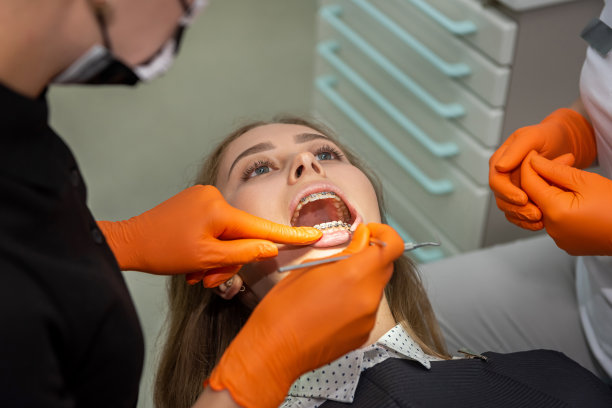Navigating the Process of Extracting a Tooth and Understanding Its Importance for Oral Health and Well-being
Summary: Extracting a tooth may seem daunting, but understanding the process can alleviate fears and emphasize its importance for oral health and well-being. This article explores the reasons for tooth extraction, the procedure itself, recovery tips, and ongoing oral care after the extraction. Each section highlights how navigating this process can contribute positively to one’s overall dental health. By gaining insight into these aspects, individuals can make informed decisions, enhance their comfort levels, and appreciate the critical role that dental interventions play in maintaining oral hygiene and health.
1. Understanding the Reasons for Tooth Extraction

Tooth extraction is often necessary for various dental issues. One of the most common reasons is tooth decay that cannot be successfully treated with fillings or crowns. Deep cavities can compromise the structural integrity of a tooth, making extraction the best option to prevent further complications.
Another significant reason for extraction is periodontal disease. This infection affects the gums and can lead to severe, irreversible damage to the supporting structures of the teeth. When gum disease progresses, it can cause tooth mobility, necessitating removal to maintain oral health.
Lastly, overcrowding is a frequent issue, especially in orthodontics. Sometimes, to create space for alignment, dentists recommend extracting certain teeth. This process is particularly vital for individuals undergoing braces, as proper spacing is essential for effective treatment.
2. The Tooth Extraction Procedure Explained
The tooth extraction procedure itself is typically straightforward and is carried out under local anesthesia to ensure patient comfort. Initially, the dentist examines the tooth and the surrounding area, often taking X-rays to assess the condition and plan the extraction process accordingly.
Once the anesthesia takes effect, the dentist carefully loosens the tooth using special devices called elevators. Afterward, they extract the tooth using forceps, ensuring that all pieces are removed to prevent infection. For more complex extractions, such as impacted wisdom teeth, surgical intervention may be required, which is performed under sedation.
Post-extraction, the dentist provides detailed aftercare instructions. Understanding this process can ease anxiety and prepare individuals for what to expect. Knowing that professional support is available at every step fosters a sense of security.
3. Tips for Recovery After Extraction
Post-extraction recovery is crucial for healing. Initially, patients are advised to bite down on gauze for about 30 minutes to control bleeding. It’s essential to avoid vigorous rinsing or spitting during the first 24 hours to allow clot formation and prevent dry socket, a painful condition.
In terms of pain management, its normal to experience some discomfort following the procedure. Dentists typically recommend over-the-counter pain relievers and may prescribe stronger medication if necessary. Ice packs can also help reduce swelling and alleviate pain in the initial days.
Furthermore, dietary adjustments are important during recovery. Soft foods such as applesauce, yogurt, and mashed potatoes are ideal in the first few days. Staying hydrated is essential, but patients should steer clear of straws, as suction can dislodge the healing clot. Patience and self-care are key to a quick and smooth recovery process.
4. Maintaining Oral Health After Extraction
After the extraction process, it is crucial to focus on maintaining oral health. Regular brushing and gentle flossing should resume after a few days, but care must be taken to avoid the extraction site. This practice helps in preventing plaque buildup, ensuring remaining teeth are cared for properly.
Routine dental visits continue to be essential for monitoring overall oral health and addressing any concerns promptly. Dentists can advise on when to return for a follow-up, ensuring that any complications are managed quickly.
Finally, integrating good nutrition into one’s lifestyle is vital. Foods rich in vitamins and minerals contribute to healing and overall well-being. A balanced diet paired with proper oral hygiene practices can minimize the risk of future dental issues, maintaining optimal oral health long after extraction.
Summary: Understanding the tooth extraction process is vital for ensuring dental health. It encompasses comprehending the reasons for extraction, the steps involved, recovery tips, and ongoing oral care afterward. Each aspect plays a crucial role in achieving and maintaining oral well-being, thereby empowering individuals when facing dental challenges.
This article is compiled by Vickong Dental and the content is for reference only.



